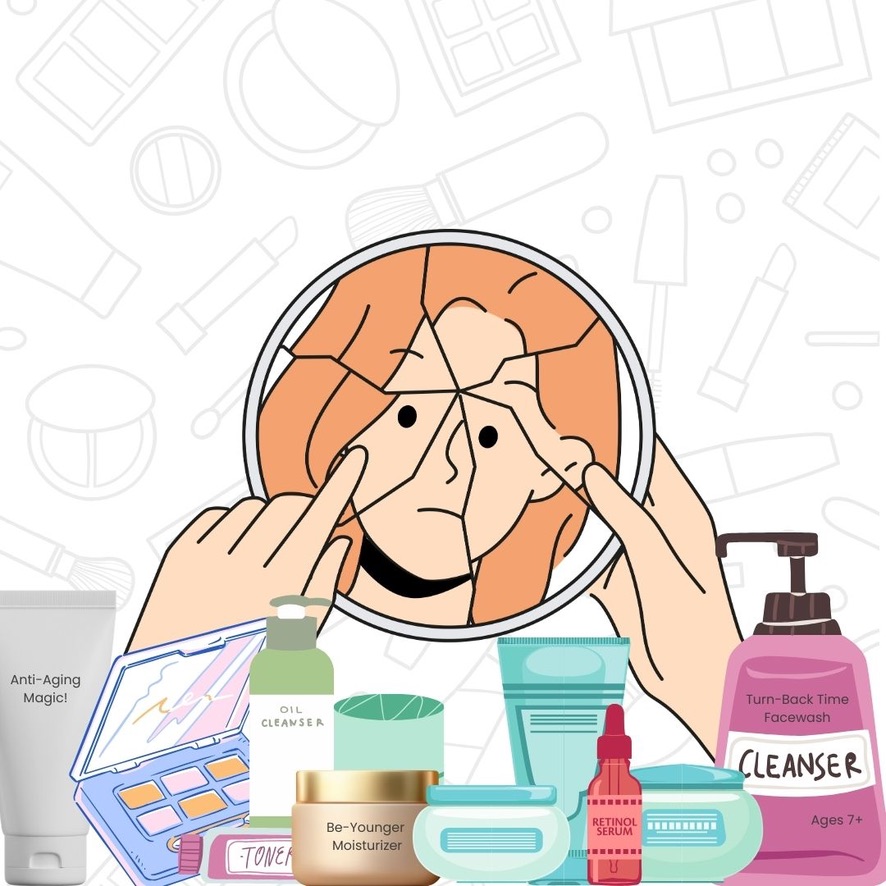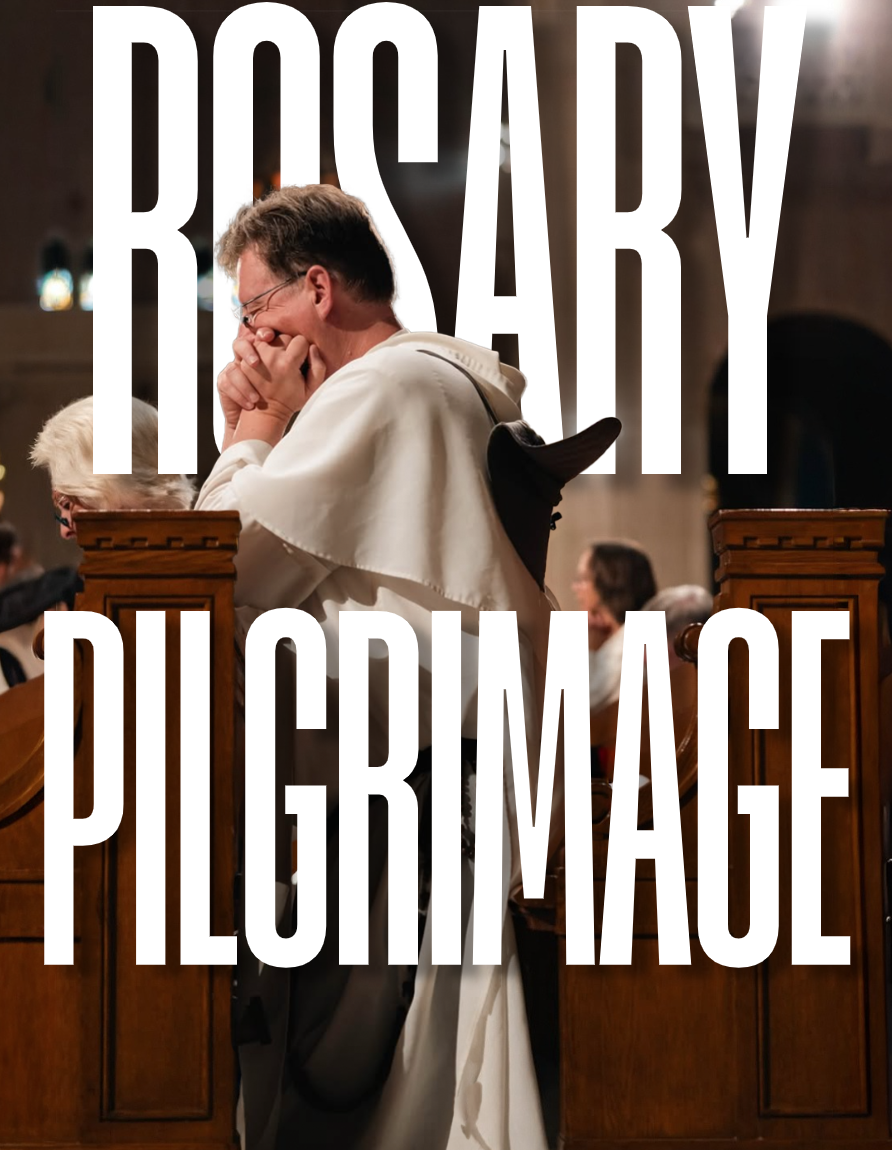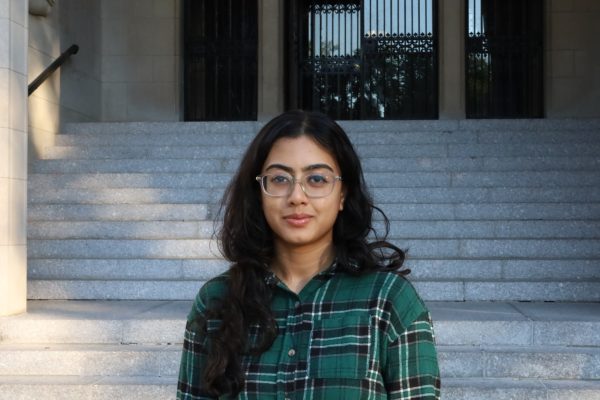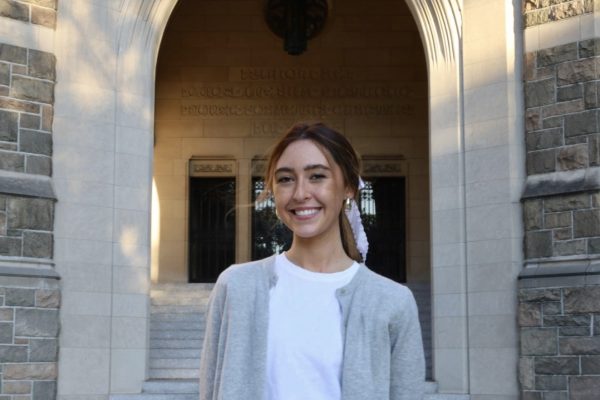Baby Botox is a procedure that uses smaller amounts of Botox than traditional Botox to prevent aging. Botox eases dynamic wrinkles on our face which comes from repeated facial expressions and movements, but it doesn’t target static wrinkles on our face. The goal of baby Botox is to prevent the formation of static wrinkles and to provide a more natural and realistic look. The procedure has risen in popularity in recent years among 30 year olds, but also in young adults in their 20s and late teens with the “number of Americans ages 19 and under who got injections of Botox or similar products rose 75 percent from 2019 to 2022 — and then rose again in 2023.” While I think that any adult is free to get cosmetic procedures if they want them done, I also think it is important to look into why more people are getting baby Botox done, especially younger people.
Part of the reason why baby Botox is getting so popular is because so many celebrities are getting it. Traditional Botox has been harshly criticized by people to have aged younger people which is seen by comments thrown at the “Love Island” cast. Baby Botox has been advertised as having a more subtle effect with celebrities such as Simone Biles receiving it for her 27th birthday. However, Biles has claimed she never wants to get baby Botox again since she reported “eyebrow twitches” after receiving the procedure. Baby Botox differs from traditional Botox such that smaller amounts are used. However, due to these smaller amounts, more muscle movement is possible, leading to incomplete muscle movement which can cause more noticeable muscle twitching and asymmetry than traditional Botox. Additionally, other muscles in the face can be recruited when making expressions, causing wrinkles in other areas. These effects lead to more applications of baby Botox in order to maintain the same effect over time than regular Botox. Baby Botox also doesn’t prevent previous skin damage that you have received, such as sun damage or future damage such as loss of elasticity in the skin. This can add up since the application of baby Botox costs up to hundreds of dollars per treatment.
However, it would be remiss to act as if baby Botox is something new. In complete truth, anti-aging treatments have spanned back to much earlier in history, which can be seen with Cleopatra’s milk baths and the journey by Spanish explorer Juan Ponce de Léon to find the fountain of youth. But what is alarming is the rate at which younger audiences are using anti-aging treatments as seen with the drastic rise of young people getting baby Botox. Other than celebrities receiving these same treatments, social media is also to blame for the rise of these treatments. The curated feed and filters of social media promote hyperconsumption of products that are alleged to give people smoother skin with no wrinkles or hyperpigmentation. With a rise in social media users and time spent on these platforms, it is inevitable that there will be more participants in these beauty trends.
This is reflected in a boom in the skincare industry and the adoption of skincare routines by more people. While skincare technology has advanced, there are so many face masks, creams, serums and toners promoting clear, youthful skin. Even younger prepubescent and teenage children have been adopting anti-aging products into their skincare routines, with the rise of so-called “Sephora kids.” However, using anti-aging products when you don’t need to can damage your skin. Baby Botox is just a common trend in the long line of procedures that have been popularized in a digital age where the dominant culture is to minimize aging as much as possible.
Anti-aging procedures are becoming more popular at a time when there is a rising sentiment among younger people that you’re expired at 25. Products including anti-wrinkle straws, are being sold more and promotion of face tape to get rid of wrinkles is being pushed. It’s not wrong for adults to get cosmetic procedures if they are properly informed and consent to them; but baby Botox and other anti-aging procedures should be reexamined with rising use among youth.
Aging as a whole should be reexamined. As long as we are human, under the effects of gravity, and make facial expressions, wrinkles are inevitable. There should be less pressure to age perfectly and less visibility of anti-aging trends towards younger audiences on social media. Preventative aging measures are good in moderation, but the trends behind these procedures should be reevaluated in order to provide the most balanced take on them.











































































































































































































